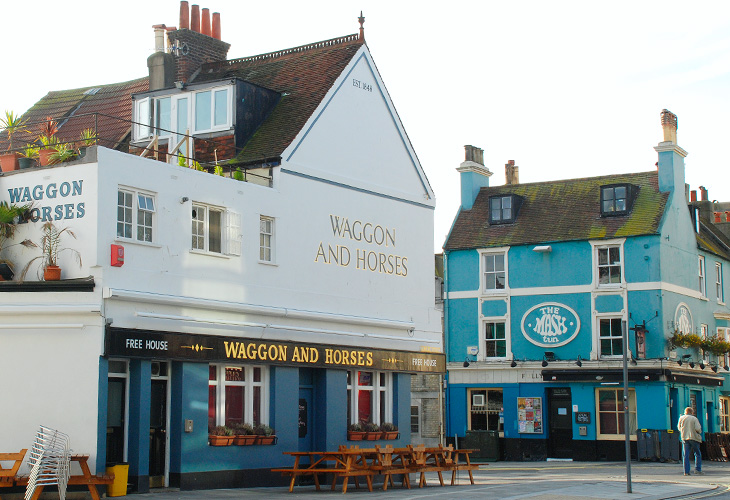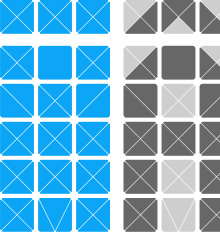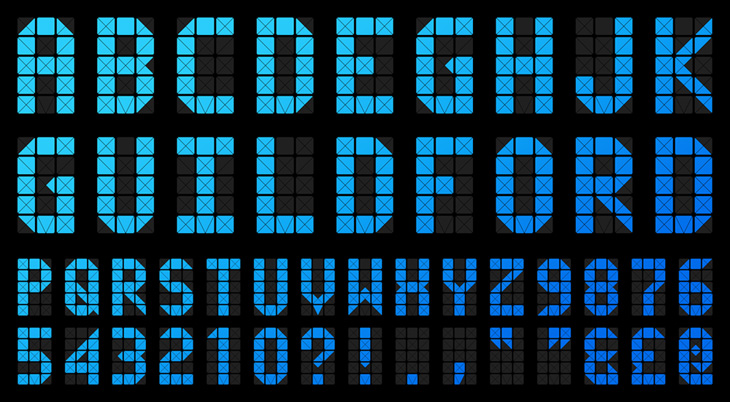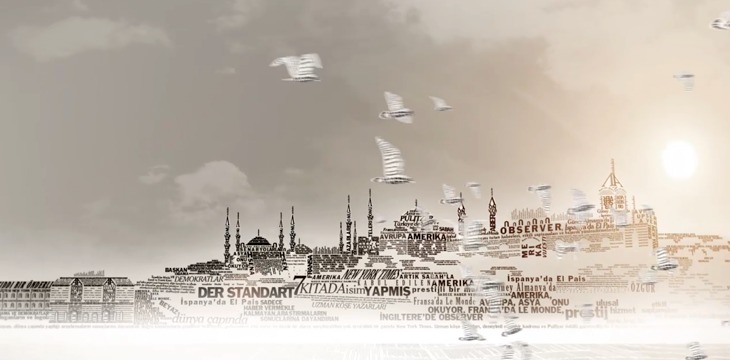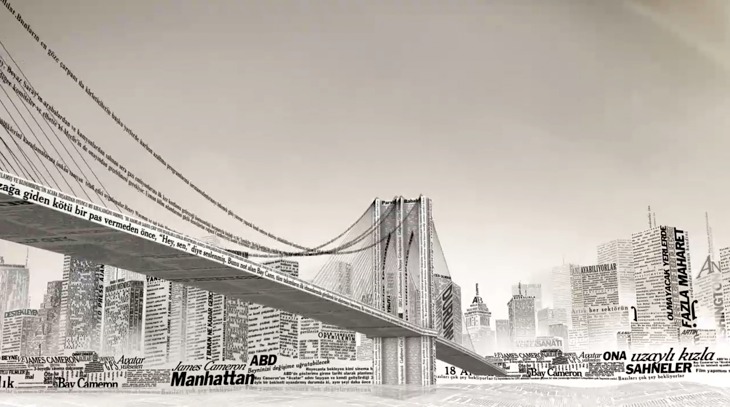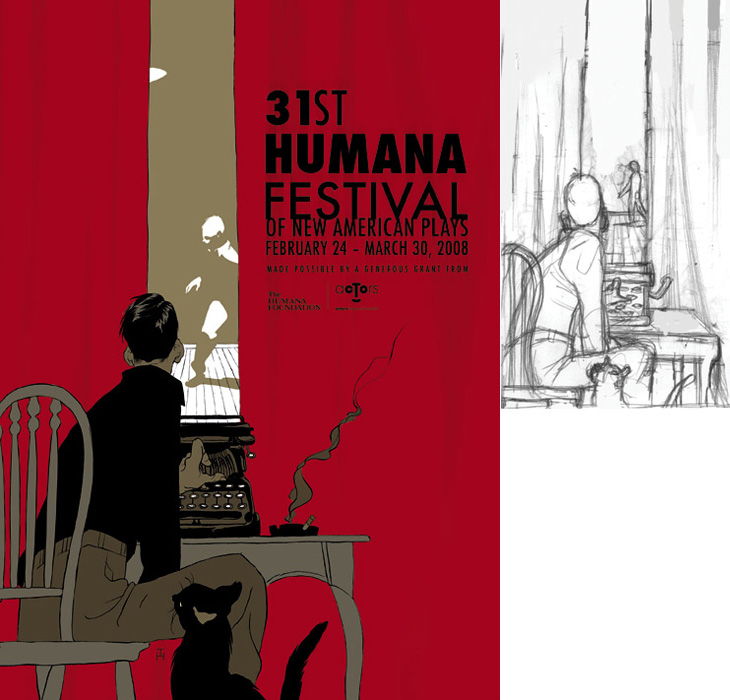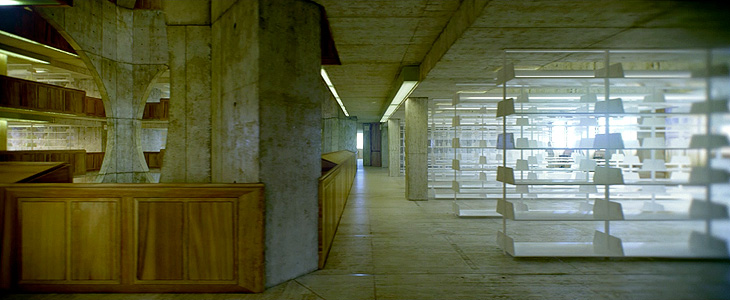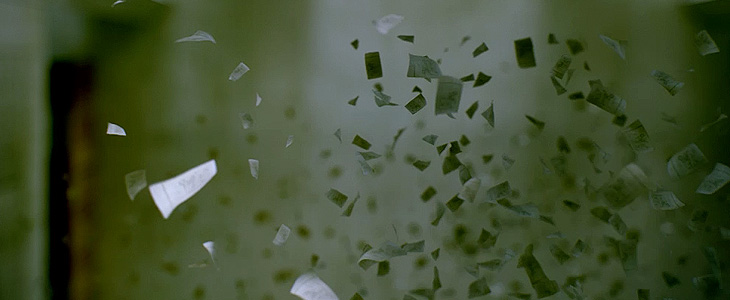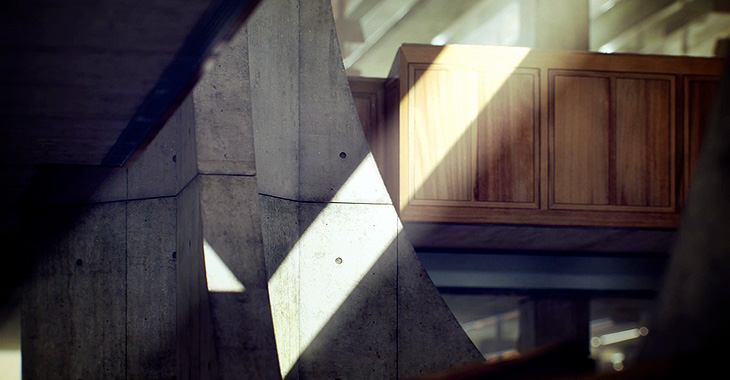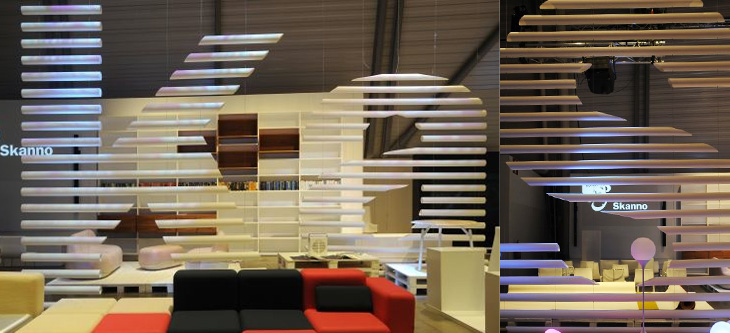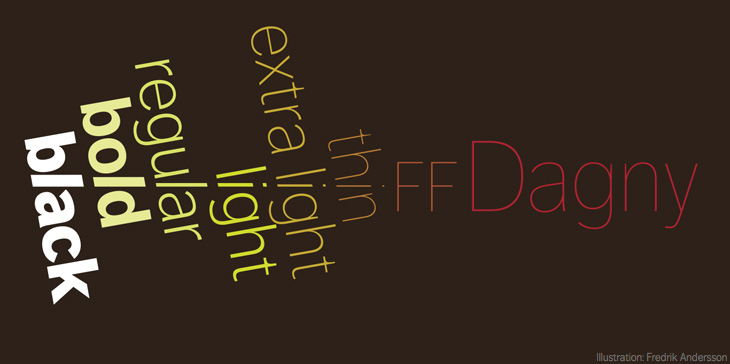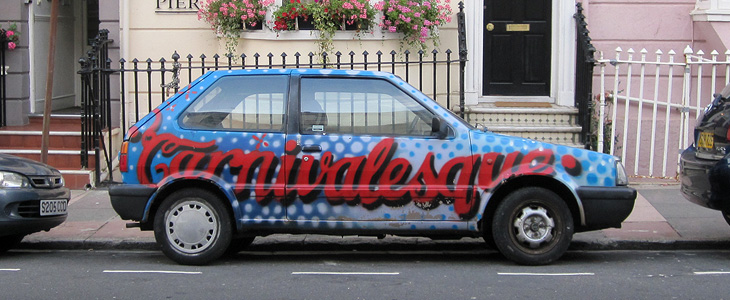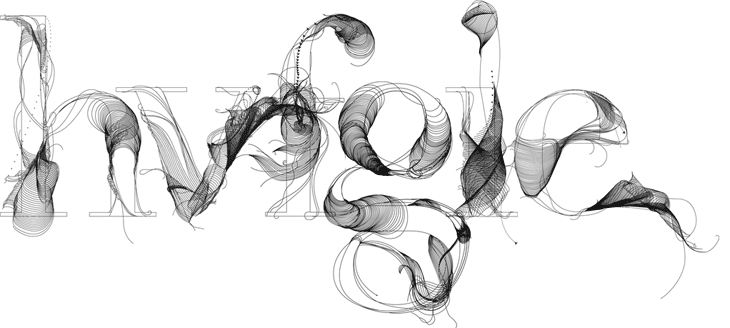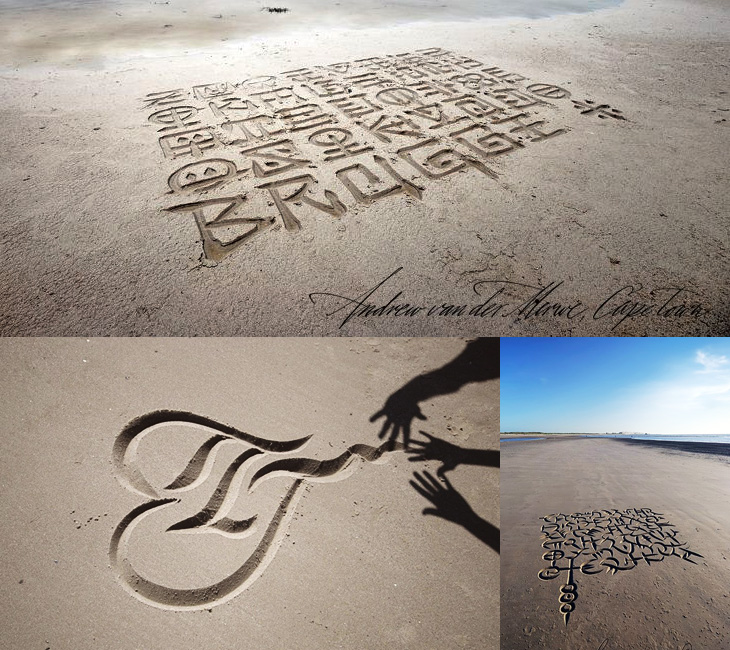I thought I’d mentioned pub signs before here, but clearly not. For anyone interested in typography and lettering, pub signs are a great source of inspiration and ideas. I remember noticing the lettering on the side of the Waggon and Horses back in 2003 or so - the picture at the bottom was taken about then at least - and thinking how nice it was. Since then we’ve had a smoking ban in the UK, meaning outside seating is a pretty good thing for a pub to have, and there’ve been some great pedestrian-friendly developments here in Brighton, so any pub with one and near the other should be doing quite well. I hope.
So anyway, the Waggon and Horses has recently spruced up their seating area and repainted the outside and the fascia boards, which means new lettering, which I like very much, and which is why I’m putting a picture of it here. I was struggling a little bit to remember what it looked like before but Flickr came to the rescue; this one is probably the prettiest (nicely showing the front of the Brighton Dome there) but this one is probably the clearest. That café in the second Flickr pic is now a Japanese restaurant. Times change…
